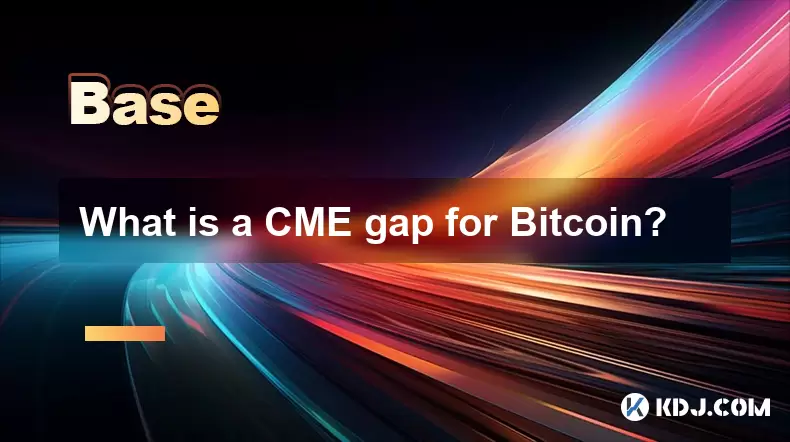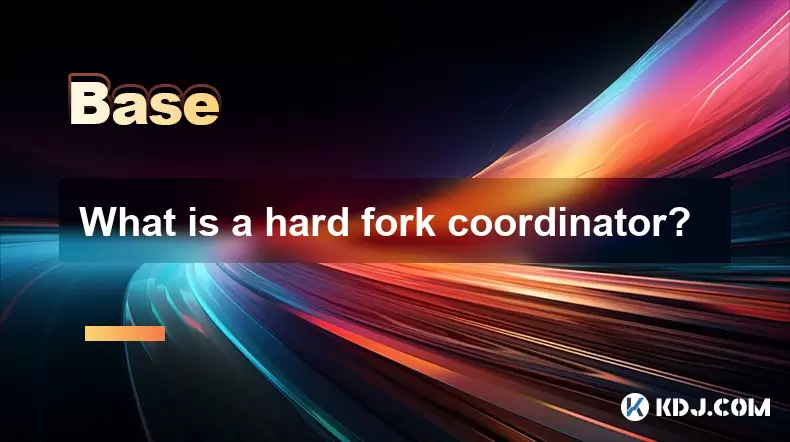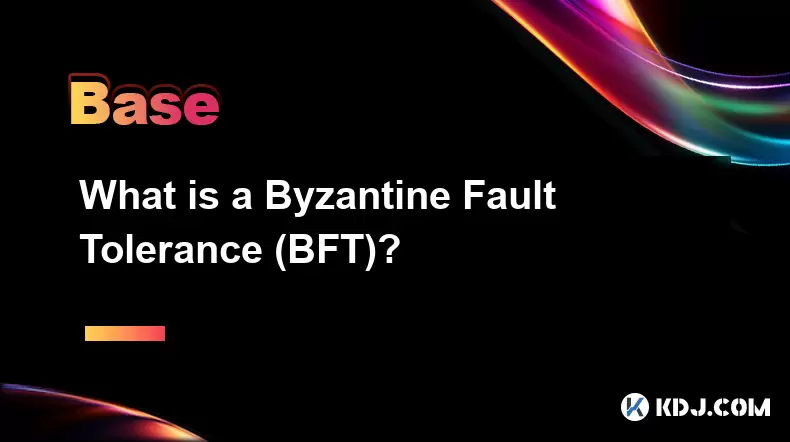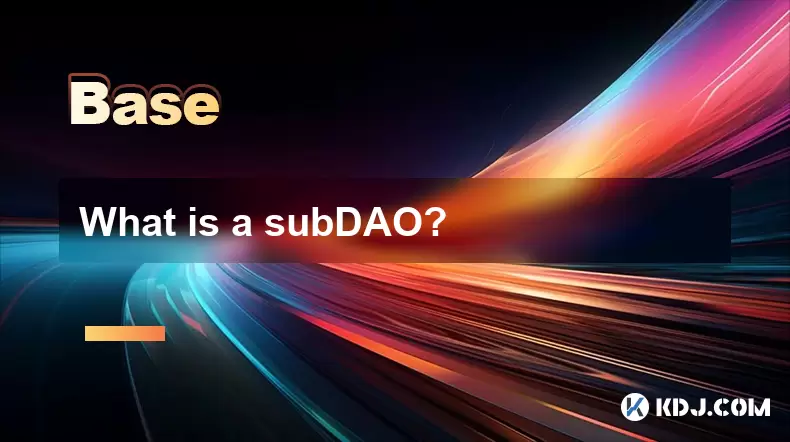-
 Bitcoin
Bitcoin $109,459.7682
2.44% -
 Ethereum
Ethereum $2,598.6052
6.29% -
 Tether USDt
Tether USDt $1.0003
0.00% -
 XRP
XRP $2.2734
3.95% -
 BNB
BNB $661.4886
1.58% -
 Solana
Solana $155.4825
4.35% -
 USDC
USDC $0.9999
-0.02% -
 TRON
TRON $0.2838
1.04% -
 Dogecoin
Dogecoin $0.1740
8.25% -
 Cardano
Cardano $0.6047
9.04% -
 Hyperliquid
Hyperliquid $40.2302
6.50% -
 Sui
Sui $2.9863
10.05% -
 Bitcoin Cash
Bitcoin Cash $509.5786
0.60% -
 Chainlink
Chainlink $13.8156
6.03% -
 UNUS SED LEO
UNUS SED LEO $9.0142
0.69% -
 Avalanche
Avalanche $19.0337
8.68% -
 Stellar
Stellar $0.2438
5.17% -
 Toncoin
Toncoin $2.9012
3.59% -
 Shiba Inu
Shiba Inu $0.0...01210
6.20% -
 Litecoin
Litecoin $90.0882
7.05% -
 Hedera
Hedera $0.1597
8.53% -
 Monero
Monero $326.3340
2.88% -
 Polkadot
Polkadot $3.6365
9.32% -
 Bitget Token
Bitget Token $4.6162
2.72% -
 Dai
Dai $1.0001
0.00% -
 Ethena USDe
Ethena USDe $1.0002
-0.01% -
 Uniswap
Uniswap $7.6403
10.47% -
 Pepe
Pepe $0.0...01060
12.03% -
 Aave
Aave $281.3664
7.56% -
 Pi
Pi $0.4992
1.76%
What is open interest in derivatives?
Open interest in crypto derivatives reflects active positions, offering insights into market sentiment and liquidity.
Jul 03, 2025 at 02:49 pm

Understanding Open Interest in Derivatives
Open interest is a critical metric used in the cryptocurrency derivatives market, particularly when analyzing futures and options contracts. It represents the total number of outstanding contracts that have not been settled or closed by either party involved. Unlike trading volume, which counts all trades made in a single day, open interest focuses on the total number of active positions at any given time.
This metric helps traders understand the liquidity and market sentiment behind a particular cryptocurrency derivative. A rising open interest typically indicates growing interest in a contract, while a decline may signal that traders are closing their positions.
Open interest is especially useful for gauging whether money is flowing into or out of a specific asset.
How Is Open Interest Calculated?
Calculating open interest involves tracking the total number of contracts that remain unliquidated. Every time two parties enter into a new futures or options contract, the open interest increases by one. Conversely, if both parties decide to exit an existing position, the open interest decreases by one.
It’s important to note that only one side of the trade is counted — meaning long and short positions are not added together. Each contract has a buyer and a seller, but it's still considered as a single open contract.
- If Trader A buys one BTC futures contract from Trader B, open interest increases by 1.
- If Trader C sells another BTC futures contract to Trader D, open interest increases again by 1.
- If Trader A sells his contract back to Trader B, open interest decreases by 1.
The key takeaway here is that open interest reflects the net change in open positions, not the total number of transactions.
Difference Between Open Interest and Trading Volume
While both open interest and trading volume measure activity in the derivatives market, they provide different insights.
- Trading volume shows how many contracts were traded during a specific period (e.g., daily or hourly).
- Open interest, on the other hand, tracks the number of contracts still active and yet to be settled.
For example, if there is high trading volume but no change in open interest, it suggests that most traders are just closing existing positions rather than opening new ones.
Understanding this distinction can help traders interpret market dynamics more accurately, especially during periods of high volatility.
Why Open Interest Matters in Cryptocurrency Derivatives
In the world of crypto derivatives, open interest plays a vital role in assessing market depth and potential price movements. High open interest in a particular futures contract often implies strong institutional or retail participation.
Moreover, sudden spikes or drops in open interest can serve as early indicators of market sentiment shifts. For instance:
- An increase in open interest alongside rising prices might suggest strong buying pressure.
- If prices fall while open interest rises, it could indicate that sellers are more aggressive.
- A drop in both price and open interest may mean that traders are exiting positions, possibly signaling bearish sentiment.
Traders often use open interest in conjunction with other tools like order books and funding rates to make informed decisions.
How to Monitor Open Interest in Real-Time
Most major cryptocurrency exchanges and analytics platforms offer real-time data on open interest for various derivatives. These include:
- Bybit
- Binance Futures
- Deribit
- CoinGlass
- TradingView (for supported exchanges)
To monitor open interest effectively:
- Check the futures section of your preferred exchange.
- Look for charts or tables showing open interest per asset.
- Use third-party tools to compare across exchanges and assets.
- Set up alerts for significant changes in open interest levels.
Real-time monitoring allows traders to react quickly to emerging trends and adjust their strategies accordingly.
Frequently Asked Questions (FAQs)
Q: Does open interest reset every day?
No, open interest does not reset daily. It accumulates over time and only changes when new contracts are opened or existing ones are closed.
Q: Can open interest predict price movement?
While open interest alone cannot predict price direction, it provides context when combined with price action and volume. For example, increasing open interest during a rally may confirm bullish momentum.
Q: Why do some altcoins have low open interest?
Low open interest in altcoin derivatives usually reflects lower liquidity and trader interest. This can result in wider spreads and higher slippage during trades.
Q: How does liquidation affect open interest?
When a trader gets liquidated, their position is forcibly closed, which reduces open interest. Frequent liquidations during volatile moves can lead to noticeable dips in open interest.
Disclaimer:info@kdj.com
The information provided is not trading advice. kdj.com does not assume any responsibility for any investments made based on the information provided in this article. Cryptocurrencies are highly volatile and it is highly recommended that you invest with caution after thorough research!
If you believe that the content used on this website infringes your copyright, please contact us immediately (info@kdj.com) and we will delete it promptly.
- Crypto Summer Buys: Is Shiba Inu Out, and What's In?
- 2025-07-03 18:30:12
- Bitcoin, Solaris Presale, and Coin Watch: Catching the Next Wave
- 2025-07-03 19:10:11
- BONK ETF Buzz: Catalyst for a Meme Coin Moonshot?
- 2025-07-03 19:50:12
- Sui Coin, Bitcoin Solaris, and the Presale Opportunity: Catching the Next Wave
- 2025-07-03 19:50:12
- Sui Coin, Bitcoin Solaris, and Presale Opportunities: What's the Buzz?
- 2025-07-03 19:55:14
- MEXC's Bitcoin Reserves: A Fortress of Asset Coverage
- 2025-07-03 19:55:14
Related knowledge

What is open interest in derivatives?
Jul 03,2025 at 02:49pm
Understanding Open Interest in DerivativesOpen interest is a critical metric used in the cryptocurrency derivatives market, particularly when analyzing futures and options contracts. It represents the total number of outstanding contracts that have not been settled or closed by either party involved. Unlike trading volume, which counts all trades made i...

What is a CME gap for Bitcoin?
Jul 03,2025 at 05:49pm
Understanding the Concept of a CME GapA CME gap refers to a discrepancy in price between the closing price of Bitcoin on the Chicago Mercantile Exchange (CME) and its opening price when trading resumes. This phenomenon occurs because the CME operates during specific hours, typically aligned with traditional market hours, while cryptocurrency markets ope...

What is a liquidation cascade?
Jul 03,2025 at 07:15am
Understanding the Concept of LiquidationIn the realm of cryptocurrency trading, liquidation refers to the process by which a trader's position is automatically closed due to insufficient funds to maintain the leveraged trade. This typically occurs when the market moves against the trader's position and their account equity falls below the required maint...

What is a hard fork coordinator?
Jul 03,2025 at 12:42pm
Understanding the Role of a Hard Fork CoordinatorIn the world of blockchain and cryptocurrencies, a hard fork coordinator plays a critical role during major network upgrades. A hard fork is a significant change to a blockchain’s protocol that makes previously invalid blocks or transactions valid (or vice versa). This type of upgrade requires all nodes o...

What is a Byzantine Fault Tolerance (BFT)?
Jul 03,2025 at 11:49am
Understanding the Concept of Byzantine Fault ToleranceByzantine Fault Tolerance (BFT) is a critical concept in distributed systems, particularly within the realm of blockchain technology and cryptocurrencies. It refers to the ability of a system to continue functioning correctly even when some components fail or behave maliciously. The term originates f...

What is a subDAO?
Jul 03,2025 at 09:36am
Understanding the Concept of SubDAOA SubDAO, short for Sub-Decentralized Autonomous Organization, is a specialized entity that operates under the umbrella of a larger DAO (Decentralized Autonomous Organization). It functions with its own set of rules, governance mechanisms, and tokenomics while remaining aligned with the overarching goals of the parent ...

What is open interest in derivatives?
Jul 03,2025 at 02:49pm
Understanding Open Interest in DerivativesOpen interest is a critical metric used in the cryptocurrency derivatives market, particularly when analyzing futures and options contracts. It represents the total number of outstanding contracts that have not been settled or closed by either party involved. Unlike trading volume, which counts all trades made i...

What is a CME gap for Bitcoin?
Jul 03,2025 at 05:49pm
Understanding the Concept of a CME GapA CME gap refers to a discrepancy in price between the closing price of Bitcoin on the Chicago Mercantile Exchange (CME) and its opening price when trading resumes. This phenomenon occurs because the CME operates during specific hours, typically aligned with traditional market hours, while cryptocurrency markets ope...

What is a liquidation cascade?
Jul 03,2025 at 07:15am
Understanding the Concept of LiquidationIn the realm of cryptocurrency trading, liquidation refers to the process by which a trader's position is automatically closed due to insufficient funds to maintain the leveraged trade. This typically occurs when the market moves against the trader's position and their account equity falls below the required maint...

What is a hard fork coordinator?
Jul 03,2025 at 12:42pm
Understanding the Role of a Hard Fork CoordinatorIn the world of blockchain and cryptocurrencies, a hard fork coordinator plays a critical role during major network upgrades. A hard fork is a significant change to a blockchain’s protocol that makes previously invalid blocks or transactions valid (or vice versa). This type of upgrade requires all nodes o...

What is a Byzantine Fault Tolerance (BFT)?
Jul 03,2025 at 11:49am
Understanding the Concept of Byzantine Fault ToleranceByzantine Fault Tolerance (BFT) is a critical concept in distributed systems, particularly within the realm of blockchain technology and cryptocurrencies. It refers to the ability of a system to continue functioning correctly even when some components fail or behave maliciously. The term originates f...

What is a subDAO?
Jul 03,2025 at 09:36am
Understanding the Concept of SubDAOA SubDAO, short for Sub-Decentralized Autonomous Organization, is a specialized entity that operates under the umbrella of a larger DAO (Decentralized Autonomous Organization). It functions with its own set of rules, governance mechanisms, and tokenomics while remaining aligned with the overarching goals of the parent ...
See all articles

























































































